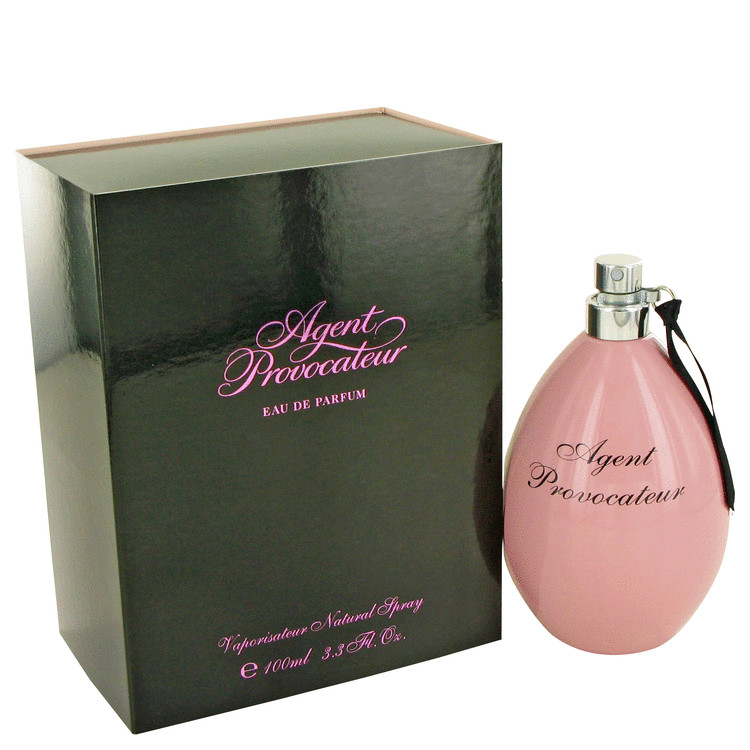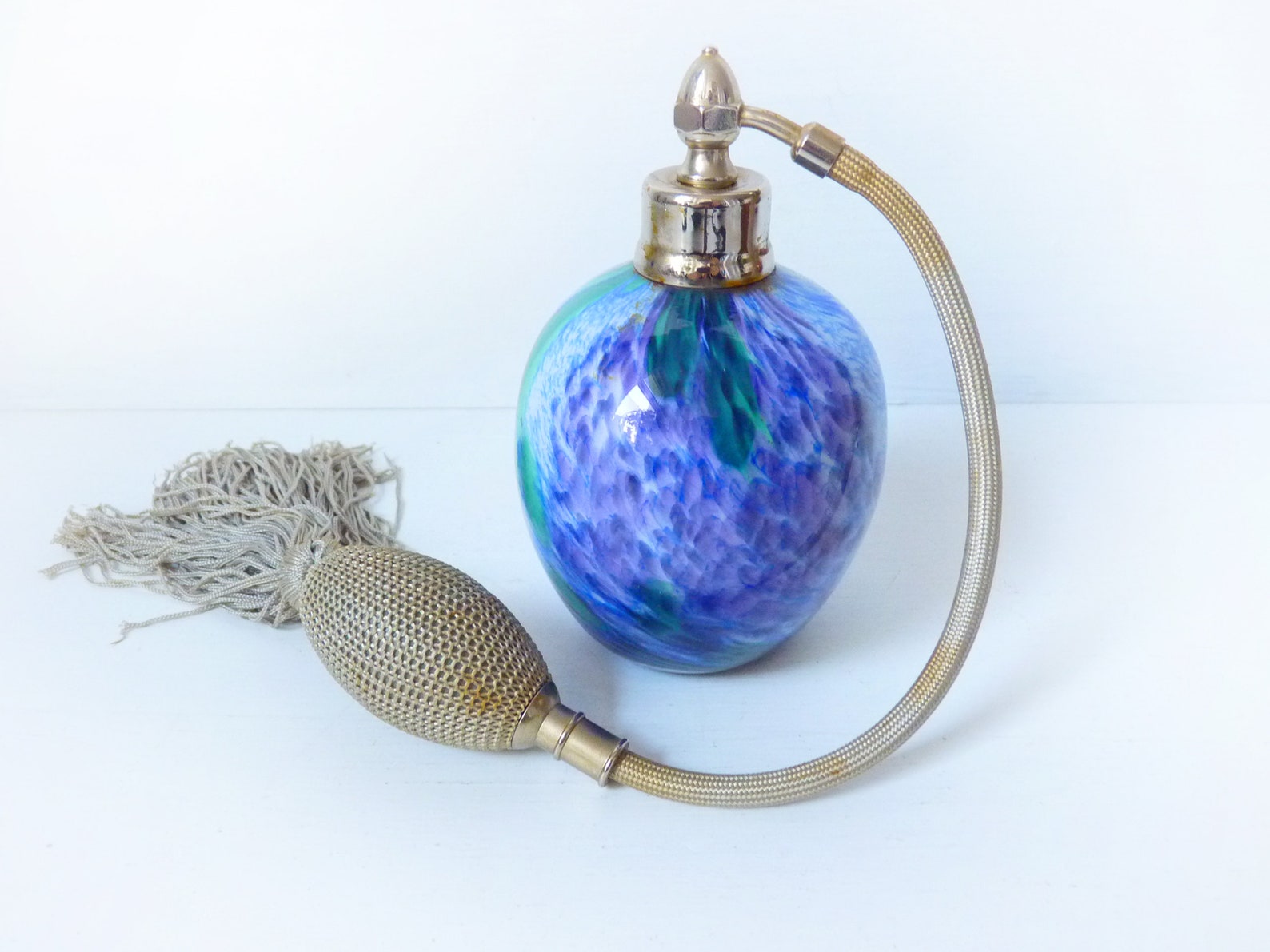

“ As a designer you work mostly disconnected from the olfactive fragrance creation - your task is to develop the whole idea- the world, the name or branding and then an advertising agency gets to animate this.” His first foray into bottle design came by way of Roma by Laura Biagiotti. I like to work with the perfumers because they are very creative people.” Lutz mentioned that he has had projects where the shape, the color and the design of the bottle were key sources of inspiration. And what really matters is that the end result is perfect. In Christian’s experience, “ It depends because it can go both ways around. I was surprised to learn that the bottle design may be one of the elements that inspires the perfumer. We met regularly to brainstorm for the launch and now also for the future it has been like working with friends. She is working with me for the design and with Bertrand Duchaufour for the scent, and that’s it. The idea is to create a fragrance around the spirit of the coca leaf and the Inca world. “I have been working on a project for a new perfume and luxury goods brand with founder Beatrice Graf who has roots in Peru.

I asked Christian if he had ever worked for a small, artisan brand, and to speak of the experience. If you have the concept and the scent – even if it’s not the final version – the idea of the perfume will help at the beginning of the design process.” I like form to follow function so I like to know what I’m doing. Sometimes with large clients you have a whole team who starts together at the beginning, including the nose. “ Sometimes you only have the concept and the concept name and nothing more when you have to start working on creating the bottle design. Independent Creative Designer Christian von der Heide concurs. Invariably, most fragrances today come in glass bottles.

Art Nouveau, with its fluid, curvy, nature-inspired characteristics gave way to Art Deco known for its strict architectural, straight lines – just think of the original Chanel N★ flacon launched in 1921. The start of the 20th century saw collaborations between glass artisans and perfume houses such as Rene Lalique and Parfums D’Orsay. Even Hector Guimard, known for designing the Paris metro stations, got into the game with curvaceous bottles created for the fragrance house of Félix Millot. By the late 19th century, the Art Nouveau style was born at the Ecole des Beaux Arts in Nancy, also in the east of France. On the other hand, mass production of bottles made fragrance more accessible to a larger part of the population, driving demand for perfume.

Guerlain’s famous “bee bottle” was created in 1853 for L’Eau de Cologne Impériale, made for the Empress Eugénie.
#Perfume flacon series#
Lalique, Daum, Baccarat and Saint Louis all come from this part of the country and they were perfectly positioned to work with fragrance houses to produce either a series of bottles – thanks to industrialization - or limited editions as an oeuvre d’art. By the 19th century the east of France was building a reputation for its glass production due to the ample supply of wood to fire up the ovens and the availability of natural resources used in the creation of glass. Glass is a stable, non-porous, high-quality material that preserves the properties of perfumes to ensure their quality for a long duration. Shrouded in a mystique of secret formulas and techniques, glass production was consolidated to the island of Murano for better control and to prevent any potential leaks of these secret methods. Eventually Venice became renowned for its glass-making expertise. Blown glass was faster to produce and more translucent than its predecessor. This format was favored throughout the Roman Empire and is perhaps the start of the special relationship between perfume and glass. Syrian craftsmen created the technique of blown glass at the end of the 1st century BC, resulting in a preference for glass packaging. The various containers were crafted from wood, stone, marble, terra cotta and faience but once the ancient glassmaking process developed in Mesopotamia, its use spread across the Mediterranean basin to Egypt and Greece. Vessels made with the deliberate purpose of holding fragrance have been found in Egypt originating from the Middle Kingdom (roughly 2030 – 1650 BC). Several years ago an ancient perfumery shop estimated to date back to 4000 BC was discovered on the island of Cyprus. We know Mediterranean cultures used perfumes for both religious and cosmetic purposes and elsewhere versions of perfumes have been attributed to ancient Mesopotamia, India and China.


 0 kommentar(er)
0 kommentar(er)
